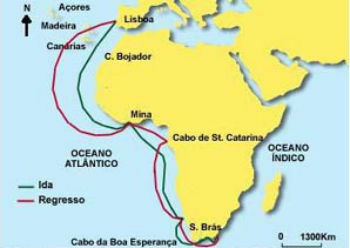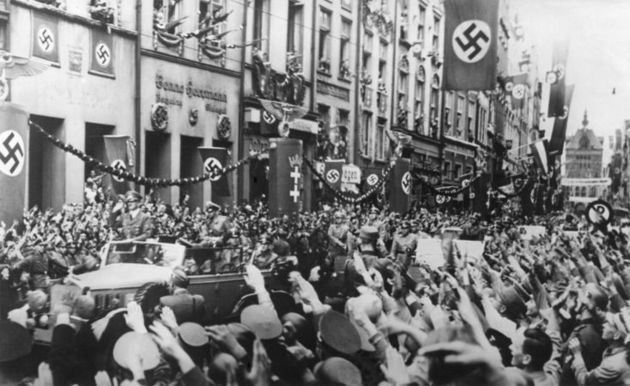The Second Industrial Revolution is the second moment in the period of great economic and social changes carried out in Europe, in the middle of the 19th century.
Held during the period 1860 to 1900, this stage of the Industrial Revolution is marked above all by the accession of countries like France, Russia, Italy, Germany and the United States, the latter two becoming great powers industrial.
Another important point of this phase is the emergence of electricity and oil, two factors that drove the development of industries and other areas such as chemicals and transport.
After the first phase of the Industrial Revolution, the search for discoveries and innovations was intense, which facilitated the life of the human being, thus making the countries that did not carry out the revolution dependent on the already more advanced.
Characteristics of the Second Industrial Revolution
In this new stage, inventions such as electricity, the use of the explosion engine through oil, the synthetic dyes and the telegraph stimulated the exploration of new markets and an acceleration of the pace industrial.
With the increase in products that made human life easier, such as canned goods and other industrialized products, the whole world started to buy and consume.
This also boosted the industries even more, which started to make transport easier and faster of these products, giving rise to means of transport such as ships and trains, which were widely used in the century XIX.
The industries also started the process of producing articles in series and having assembly lines in the factories, which made the cost of the products cheaper.
There was also an intensification of the rural exodus, as people increasingly went to the cities because of the offer of jobs in industries, which increased the urban population and included the use of electric lighting in homes, streets and in the factories.
Learn more about Rural exodus.
Main inventions of the Second Industrial Revolution
In addition to electricity and the use of oil, other inventions marked this phase of the Industrial Revolution, such as:
- The new processes in steel manufacturing, which allowed its use in civil construction;
- The invention of the incandescent lamp;
- The expansion of the railways and the invention of the plane and the automobile;
- The emergence of means of communication, such as telephone, television, cinema;
- The emergence of antibiotics and vaccines, in addition to the expansion of knowledge about diseases and new surgical techniques.
See also the meaning of Industrial Revolution and Industrial Capitalism.


